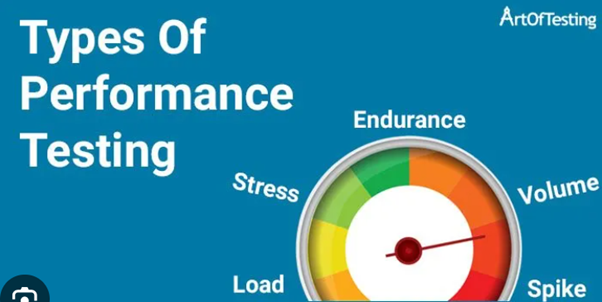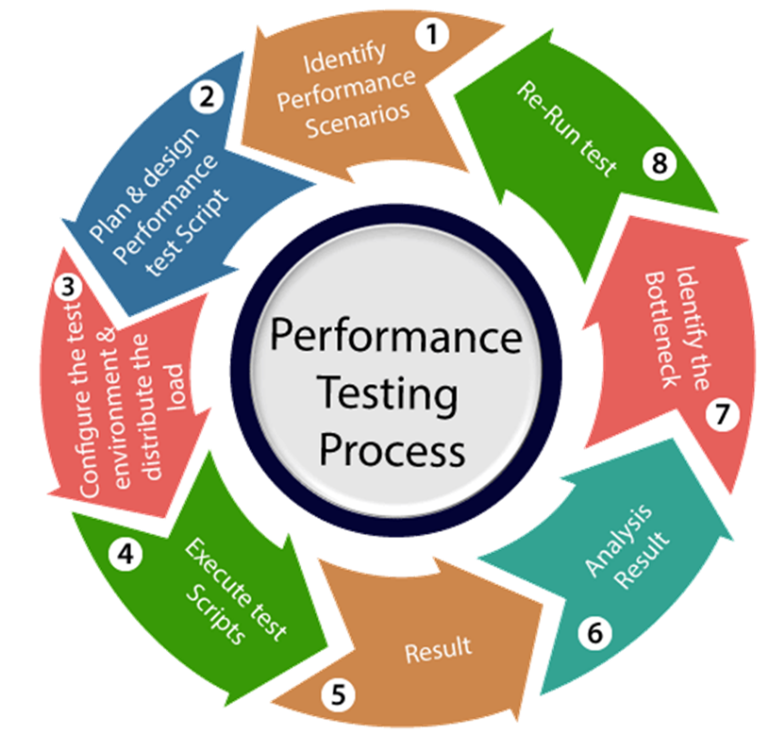Any current system must be capable of responding quickly and needs to be available without interruptions to users.
Faced with high work loads, there is a chance that the system might not be able to meet those demands. Consequently, an organization might lose revenue because of transactions not processed in a timely manner.
There are situations in which the impact might even be higher, and the image of an organization might be seriously damaged.
1. Resource Constraints
Limited resources, including hardware, software, and testing environments, can impact the ability to conduct comprehensive performance tests.
2. Realistic Test Scenarios
Creating realistic test scenarios that accurately represent user behavior and system usage can be challenging.
3. Data Management
Managing large sets of data for performance testing, especially in applications dealing with substantial databases, can be complex.
4. Scalability Testing
Assessing the scalability of an application to handle increased user loads can be challenging, especially when anticipating future growth.
5. Simulation of Virtual Users
Simulating virtual users that accurately represent real user behavior can be complex, especially for applications with diverse user interactions.
6. Monitoring and Analysis
Monitoring and analyzing performance metrics in real-time to identify issues promptly can be challenging.
7. Test Environment Variability:
Inconsistencies in test environments compared to production environments can lead to inaccurate performance test results.
An efficient system in terms of performance must be evaluated through load simulations that permit the identification of bottlenecks and performance improvements.
We have a team of specialists who are capable of evaluating a system’s performance through the execution of tests simulating the level of activity the system will face when it is live. We test and predict application performance in real-life, and simulated scenarios. This is the KEY to our success. Without using real-life scenarios, you can’t properly ascertain where bugs and faults may lie. With Softdevels’s performance testing, we ensure you application is responsible and reliable enough to respond at peak times.
Our goal is to deliver exceptional performance testing using our expertise and finely tuned technical skills. We strive to have your business applications running as smoothly as they can. Your customer’s seamless experience matters—that’s why we make it our top priority. Softdevels is the best in the business at what we do—delivering stellar performance testing.
Performance Testing basically gauges the below 5 attributes of your application software for a given workload :Page Speed : Pages of an application are expected to load very fast. Delayed page loading leads to poor user experience inviting dissatisfaction.
Stability : Determines if the software application under test is stable or working consistently for fluctuating loads.
Scalability : Determines maximum user load the software application can handle without any performance bottlenecks.
Responsiveness : Checks the ability of a software application to respond quickly or its capacity to complete the tasks assigned to it within a reasonable time.
Reliability : Checks whether the software application under test works reliably for long periods when the user traffic is very high.

Performance Testing starts in parallel with the Software Development Life Cycle.

Non-Functional Requirements Elicitation and Analysis : This is a vital step in understanding the non-functional requirements in the Performance Testing Life Cycle.
Performance Test Strategy : Need to strategize the kind of performance testing and the tools required for testing the identified important scenarios.
Performance Test Design : Comprises the generation of scripts using the selected testing tool. The scripts are to be improved and unit tested.
Performance Test Execution : Performance Testing is to be executed next by the test engineers who designed various test scenarios based on the figured out workload.
Performance Test Result Analysis : Log files are collected, analyzed and reviewed by the expert test engineers. Recommendations for rectifications are provided to eliminate any conflicts identified in the test.
Benchmark & Recommendations : This final step of Performance Testing Life Cycle involves benchmarking and providing recommendations to the client regarding performance improvement of the application.
Early Integration of Performance Testing : Integrate performance testing into the development lifecycle from the early stages to identify and address performance issues promptly.
Continuous Testing : Implement continuous performance testing as part of the CI/CD pipeline to ensure that performance is validated with each code change.
Load Balancing Testing : Include load balancing testing to ensure that the application can distribute user loads effectively across servers or resources.
Scenario Diversity : Develop a diverse set of performance testing scenarios, including peak loads, sustained loads, and stress testing, to assess different aspects of system performance.
Performance Tuning : Regularly conduct performance tuning activities based on test results to optimize the application's performance and identify areas for improvement.
Failover and Recovery Testing : Include failover and recovery testing to assess the system's ability to handle failures and recover gracefully.
Documentation and Reporting : Document performance test scenarios, methodologies, and results comprehensively. Provide clear and actionable reports to stakeholders.
By addressing these challenges and following best practices, organizations can ensure that performance testing is effective in identifying and resolving performance-related issues, contributing to the overall reliability and scalability of their software applications.